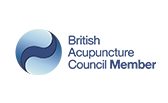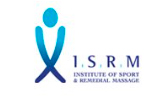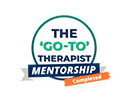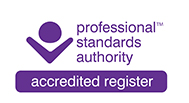GMB Method
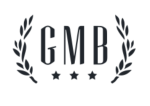
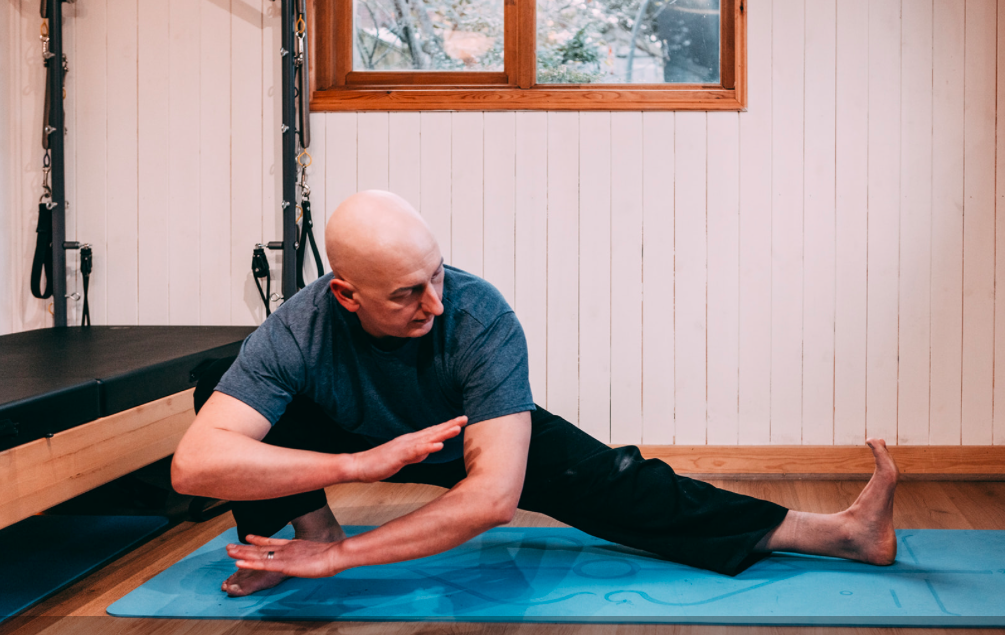
There are a lot of ways to try to build new skills or make your body stronger. If you’ve tried YouTube or bite sized insta-content, you probably already know that most of them don’t work for you.
That's because they have the following limitations:
They are designed to grab attention rather than address an issue thoroughly
They usually use a simplified “try this easy XYZ..” or “5 steps for a new ABC…”
Exercises are taken out of context.
The demo’s are done like a performance with little information on how to modify.
They don’t take into account your needs or body history
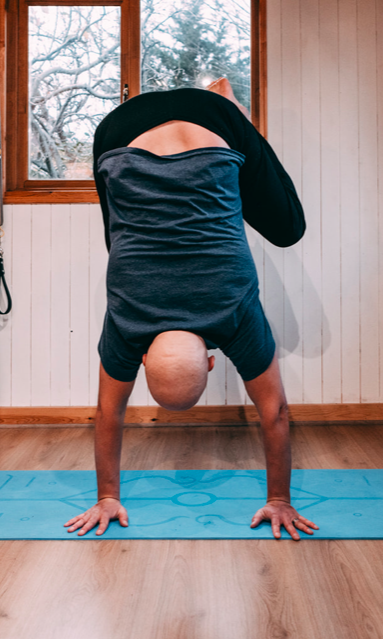
In other words, they don’t have an actual method.
Here’s a quick overview of how the GMB Method will help you move better with less pain, while developing skills and abilities you probably didn’t know you could.
The GMB Method can be simplified into 5 basic steps:
- Identify the goals you actually care about.
- Assess your current abilities with reference to those goals.
- Address whatever’s holding you back using the most efficient approach available.
- Apply your new abilities to daily life, higher level skills, or, whatever your goals are.
- Repeat this process as your skills improve and your goals change over time!
This is what we call Physical Autonomy
Physical Autonomy
Physical Autonomy is about taking control of your body and training it to work for you. It’s all-around real world fitness without any arbitrary crap.
Physical Autonomy means having the strength, flexibility, and control to move the way you want, whenever you want, without having to worry about your back, or your knee hurting.
It’s having the physical capacity to do anything you set your mind to with your body.
We can break it down to three main attributes:
Strength
Flexibility
Control
When a friend calls you on Saturday morning and asks if you can help him move, you can be there.
When you’re on a trip and see a poster for a hike with some beautiful photo spots, you know you’ll be able to handle it.
Want to try a dance class, martial arts, a new sport? Absolutely, nothing stopping you.
That’s our goal here.
Physical Autonomy isn’t less than fitness. It’s fitness with direction and purpose.
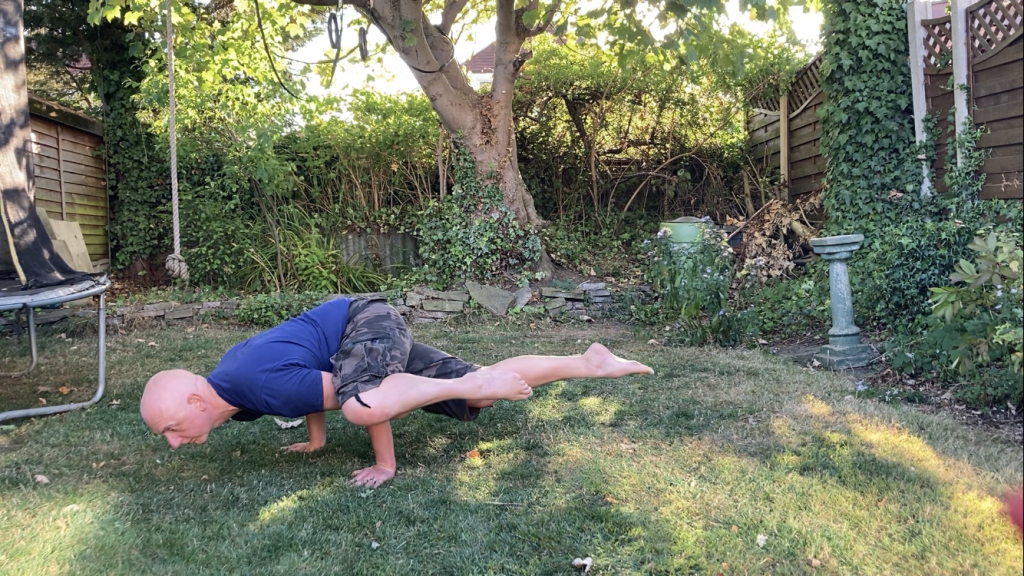
Strength so you can lift, carry, and handle life’s surprises—like handling a heavy suitcase of moving stuff in the garden.
Flexibility to move freely—whether that’s crouching down to play with your kids or twisting to reach a pan at the back of a kitchen cupboard.
Control to stay balanced, agile, and confident—because life’s unpredictable, and you don’t want your body to let you down.
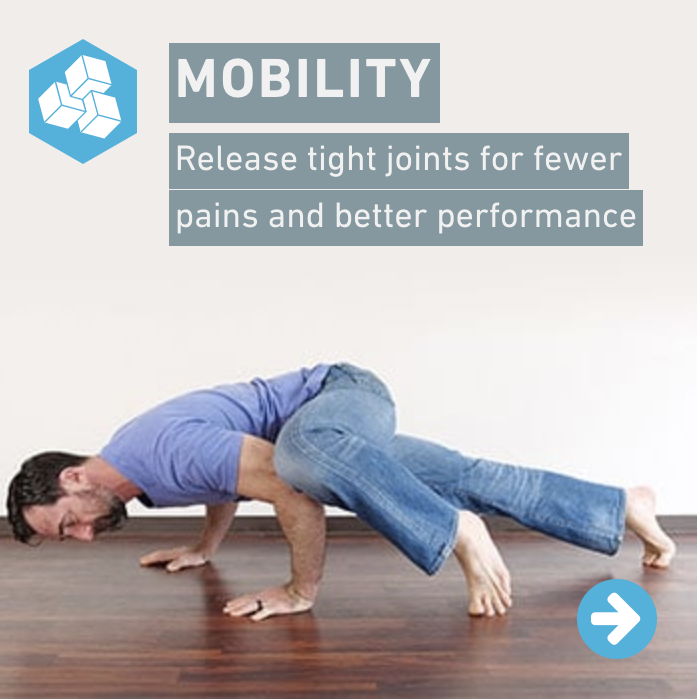
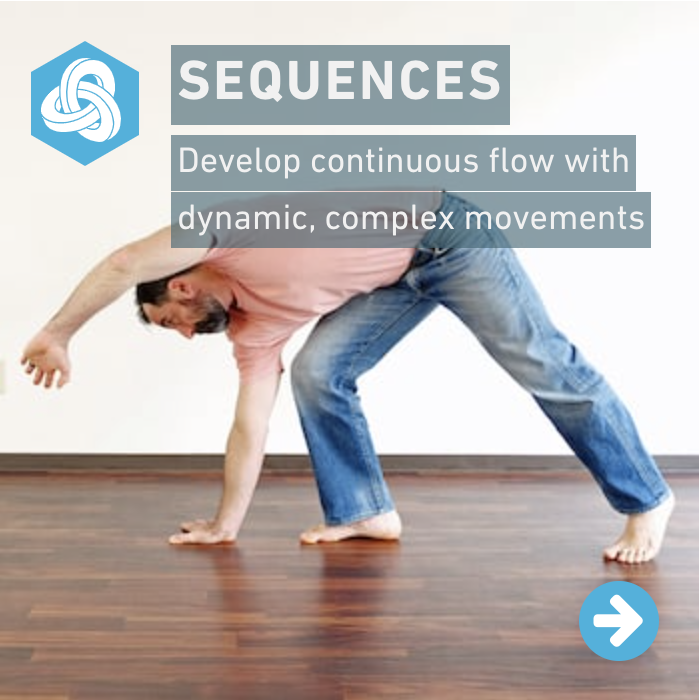
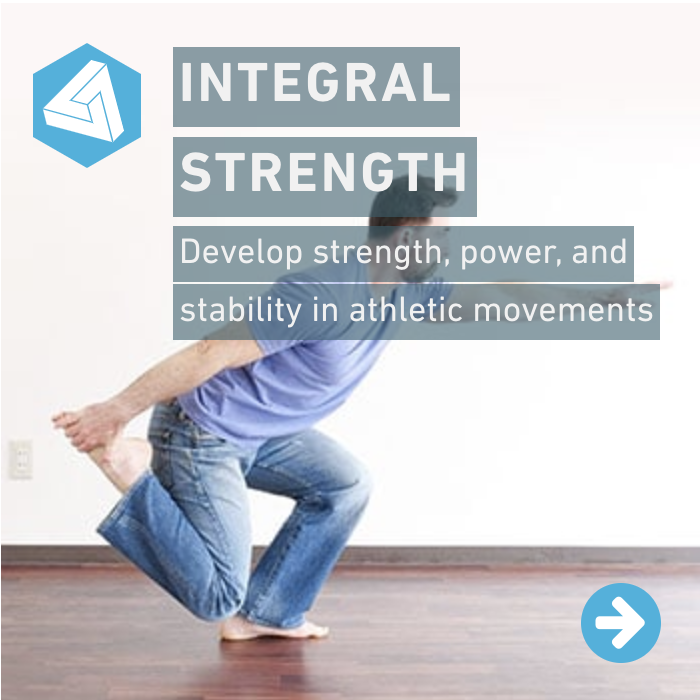
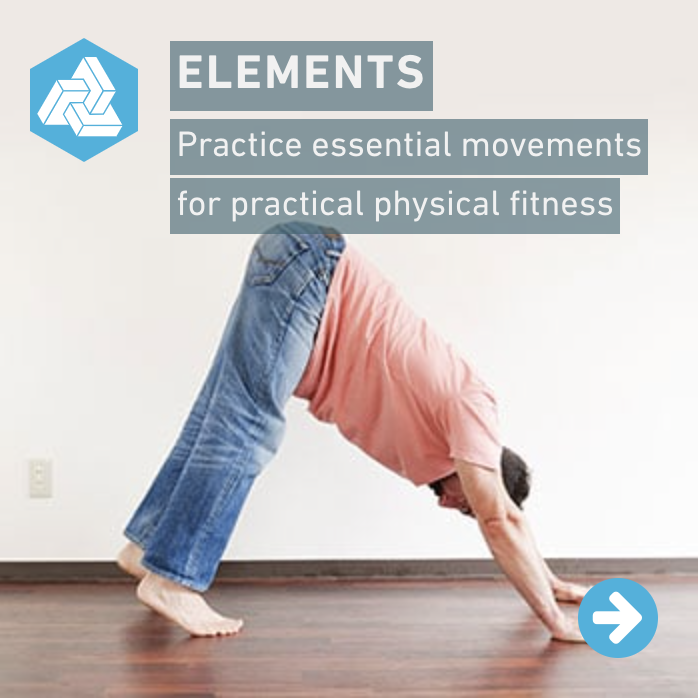
What Do You Really Want From Your Body?
The fitno-industrial complex will happily tell you what goals you’re “supposed” to have.
But whether you’re a committed athlete trying to fend off injuries or a new parent getting back into your sport after a couple of years away, chances are your goals are pretty unique to you.
Maybe you want to achieve a specific skill or level of performance. Or fix that shoulder pain that keeps flaring up. Or get back a feeling of strength and agility.
The point is to figure out what physical improvements really matter to you.
Because then you can pick a training program that will get you results that actually make your life better.
Skill Related Fitness is More Efficient for Most People
You probably don’t have 6–10 hours per day to train like a pro athlete, but without realising it, that’s what most people think they need to do.
They do a bunch of exercises that isolate specific body areas, just like the pros. But what they often miss is the skill-based practices that teach your body how to put it all together as an efficient whole. How to integrate it and move well.
The GMB approach is to utilise skill-based training. Why?
Because when you train for complex physical skills, you simultaneously build the capabilities and abilities you need in order to do the stuff you want to do.
- Capability, in this case, refers to the raw materials–the force production, freedom of movement, and general capacity–that your body has available. Hip strength would be a capability.
- Ability takes those ingredients and blends them together into a coordinated whole that your brain can access on demand to execute a given skill, like a cartwheel.
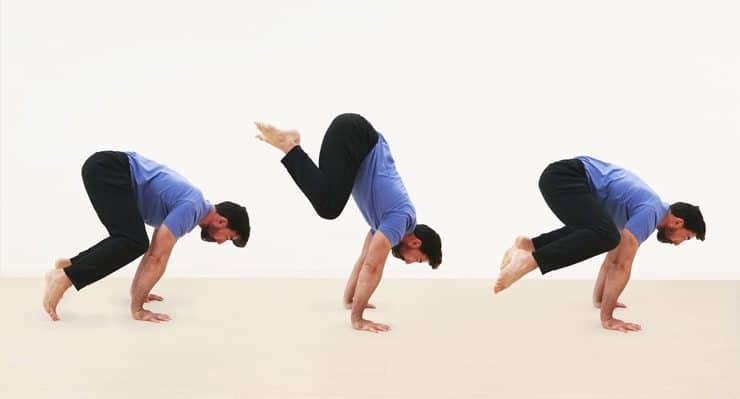
For example, let’s say you want to get better at hand balancing. You could try to train all the specific capabilities you need in isolation– shoulder strength & flexibility, core-stability, wrist flexibility, inverted balance, etc. Or you could practice a progressive series of skills that develops all those capabilities in the context of building actual hand balancing abilities.
If your training time is limited, it’s easy to see why the skills-based approach is more effective and efficient for the vast majority of people.
The Only Thing You Have to Learn Consistency is key
Because if someone is sporadic and doesn’t commit over time, it doesn’t matter how intensely they actually work out. If you practice consistently, you’re gonna make better progress–even if some days you can only give 50 percent!
A couple of things make a big difference in being consistent:
Choose training you actually enjoy. If you’re flogging yourself through workouts you hate, you’re probably not gonna stick with it. That doesn’t mean training won’t feel challenging, but you should have some fun with it too.
Some days you’re gonna be too tired or stressed or sore or whatever to go all out in your training. That’s fine! Do what you can, pat yourself on the back for showing up, and come back again tomorrow. We call that “autoregulation.” And not only will it make you more consistent in your training, but it might just save you from some injuries, too.
It doesn’t matter how great a program is if you’re not actually doing it. But if you’re ready to show up and put in the work, then the structure and programming of your training can make an enormous difference.
A Training Framework for Personalized Results
Take a quick moment and think about what your body has been through and about what you currently want to improve physically. Whatever comes to mind, it’s pretty much inevitably going to be different from pretty much everyone else who reads this. It might even be different for you next week!
That’s why the GMB training framework is designed to give you personalized results.
It helps you get started at whatever point you’re at, and to work on the things that will help you make the most progress towards your goals.
We call it the AAA Framework. Here’s how it works.
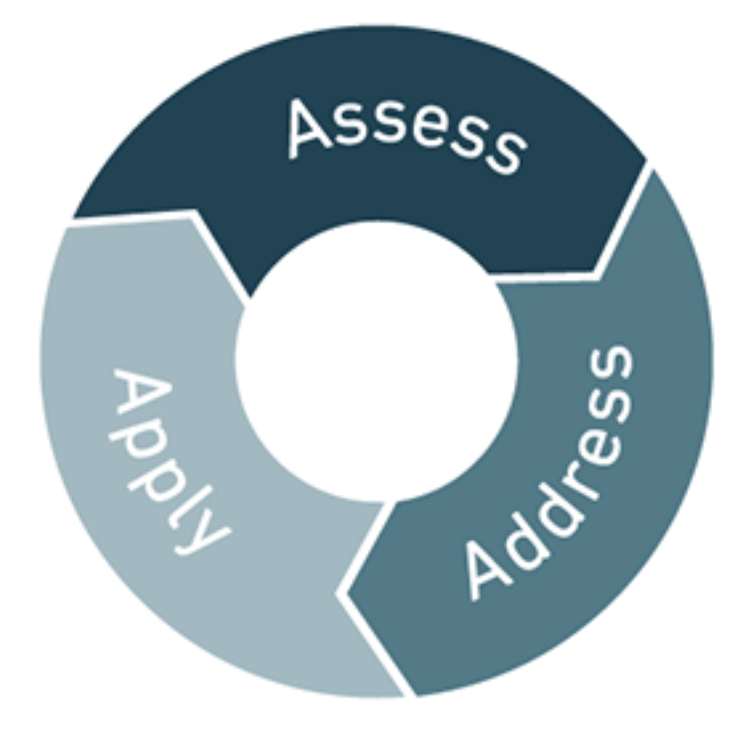
Step One: Assess Your Starting Point
You’re might be excited and ready to jump in. That’s awesome, but it’s important to be clear on where you’re at right now so that you can make sure your efforts are specific to your needs.
And then, as you continue, you can come back to the assessment to see how you’re progressing.
Rather than meeting someone else’s goals for your body and aspirations, you should use assessment tests that will allow you to find out for yourself what you need. Of course, that means that an assessment will be different for each situation.
Step Two: Address What’s Holding You Back
This is where the actual training comes in. Once you’ve figured out what it is you need to work on, it’s time to show up and do the work!
To make your training sessions as effective as possible the GMB method recommends following this basic structure of the 5 P’s:
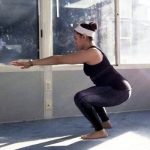
Prepare
With each session, we’ll begin with some preparatory movements. Not just a random bunch of “warm-up” exercises, these movements are chosen specifically to prepare the body for the work of the day and help you check in with how you are doing.
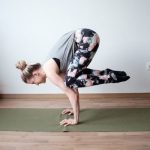
Practice
The practice portion of the session is, arguably, the most important–and most neglected in most other training programs. Practice is when you spend time focusing on a new skills or working towards something you cannot yet do.
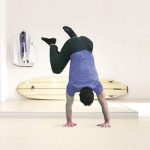
Play
This portion of your training session involves experimenting with some skills you’ve been practicing at a level that feels comfortable for you. Exploring how our bodies move within and around the skills we’re learning is an essential part of getting a firm grasp on those skills.
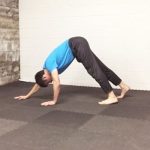
Push
This part feels most like a “workout.” The trick, though, is to work with movements that you can still do with good form even when fatigued. Here you can turn up your effort levels to improve while still keeping your movement quality high and lessening your chance of injury.
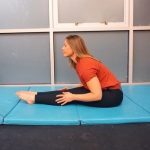
Ponder
Finally, we finish each training session off with some time to reflect on how the session went and what we would like to focus on in the next session. This is not an afterthought, but instead, is an essential part of dictating how your next session will look.

Step Three: Apply Your New Skills in Real Time
Once you’ve addressed the needs you identified in your assessment, you can start applying those new skills in the ways you want to.
There are two primary ways we approach this part of the AAA Framework:
1. Taking those new capabilities and abilities, and applying them to your next level training goals.
2. Applying those new skills and attributes to your real life– your favourite sport or physical hobby or some other application in your daily life, like work or playing with your kids/ grandkids.
The idea, really, is that you can apply your new abilities and skills however you see fit. If certain activities were closed to you before, they should be more open now.
And that’s pretty cool.
Making the GMB Method Work for You
GMB didn’t invent some magical new way to learn physical skills. People have been using these principles in various combinations since training first existed.
All they did is boil it down into the method that they’ve found works, best for the most people over their combined decades of movement teaching experience.
The GMB method underlies all of their online training programs, which is a big part of why they’ve helped thousands and thousands of people get stronger, move better, and learn all sorts of fun new skills.
As a certified GMB trainer Duncan is trained to use the GMB method to help you to identify and meet your physical needs. The online programs are a really great accessible resource in themselves. However if you want help adapting anything, fitting a program to your needs, or the support and encouragement to get started, contact us and we can talk you through out coaching options. The GMB method and system of locomotion exercises is a core aspect in the mind-body coaching options we deliver through acubody.
You can apply these principles to pretty much any physical goal you come up with.


